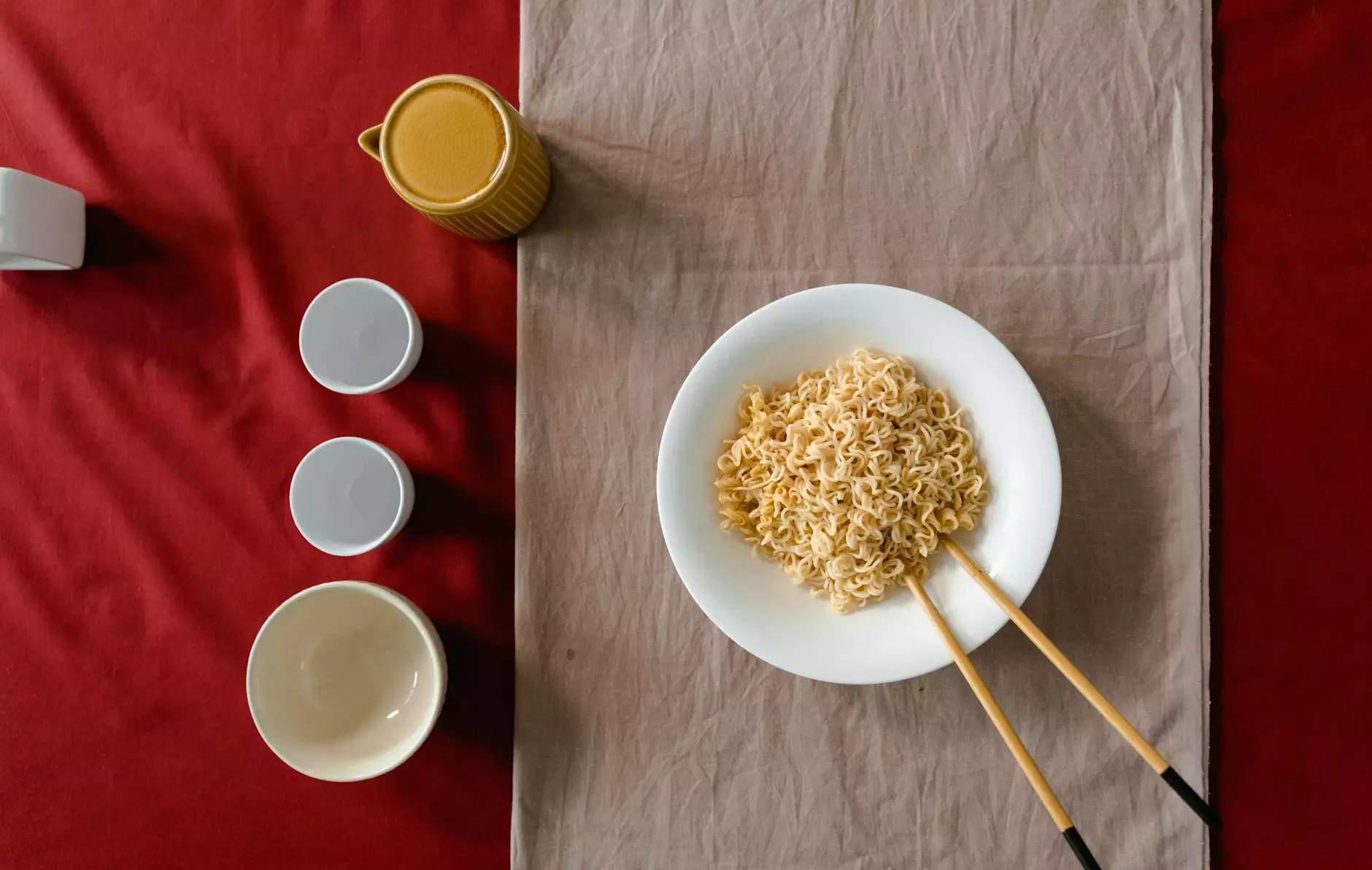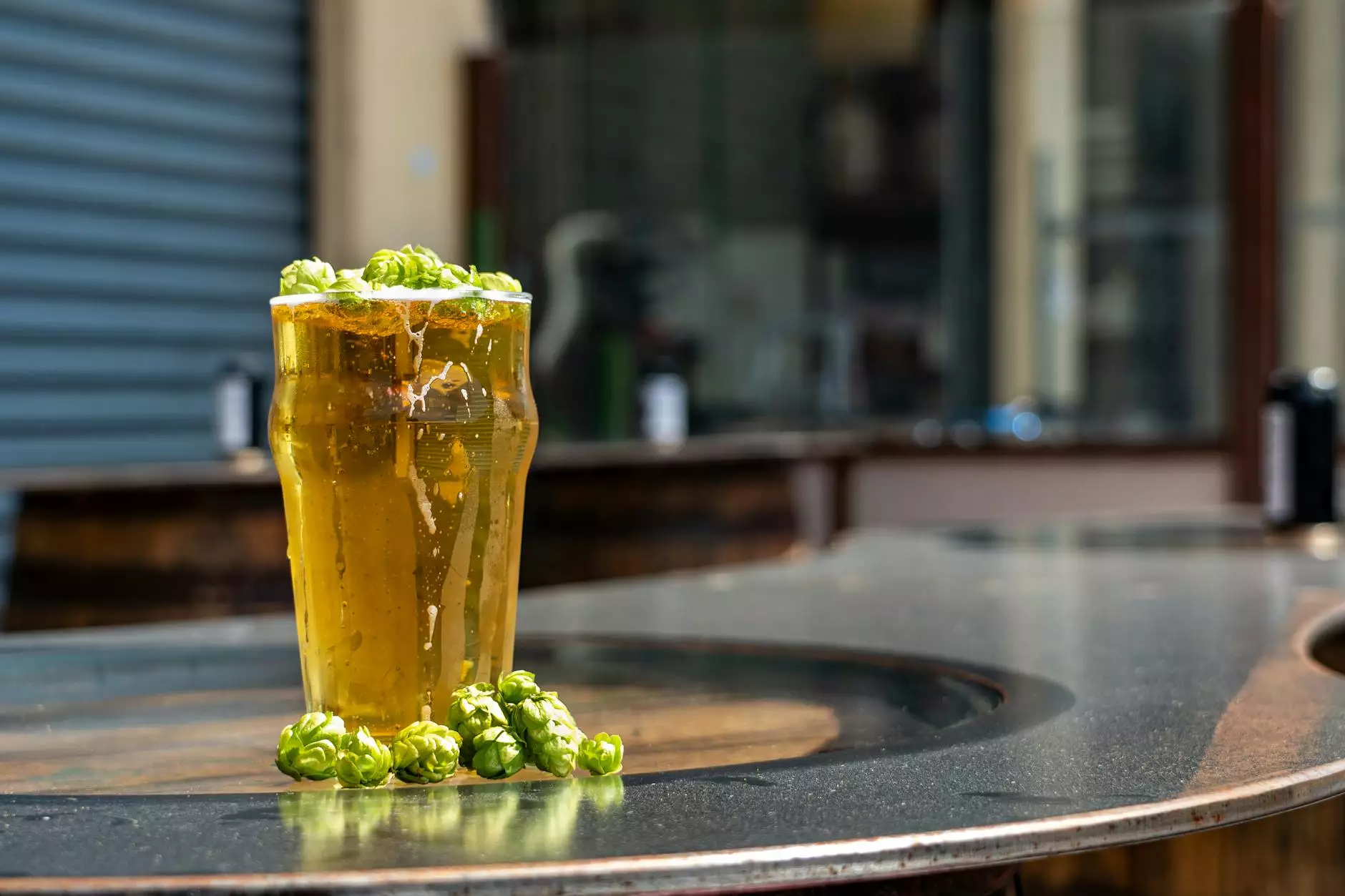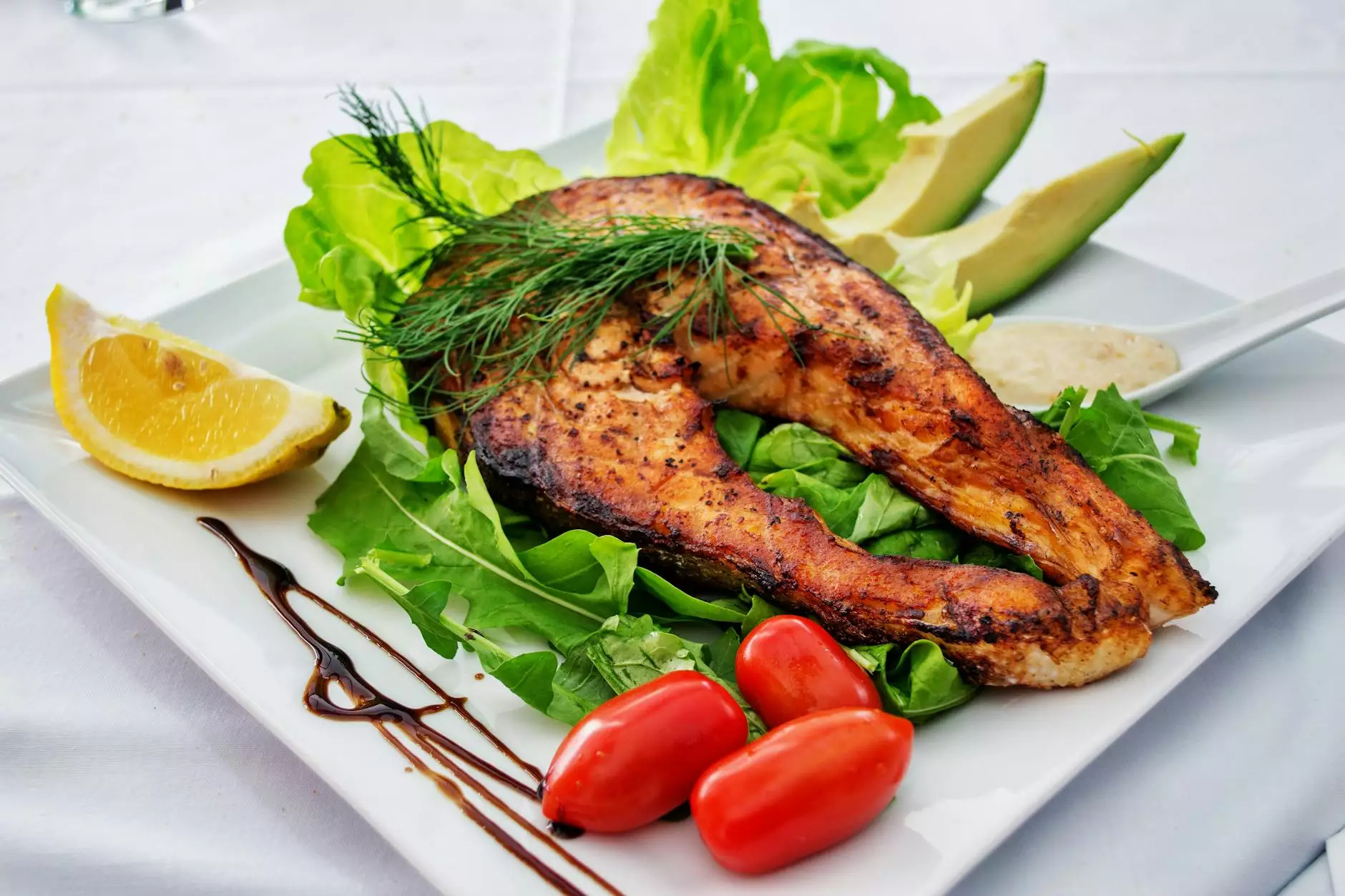The Ultimate Guide to Catering Crockery: Elevate Your Restaurant Experience

Catering crockery plays an essential role in the restaurant and food service industry. It is not just a functional necessity; it is also a vital part of the presentation that can significantly influence a customer's dining experience. In this comprehensive guide, we will explore the various facets of catering crockery, including its types, materials, benefits, and how to select the right crockery for your needs.
Understanding Catering Crockery
Catering crockery encompasses a wide range of dishes, plates, glassware, and cutlery used in the food service industry. This can include:
- Plates and Bowls
- Cups and Mugs
- Serving Dishes
- Glasses and Stemware
- Cutlery
Importance of Choosing Quality Catering Crockery
When it comes to running a successful restaurant, the quality of your catering crockery can have a significant impact on your brand image and customer satisfaction. Here are several reasons why investing in high-quality crockery is crucial:
1. Enhancing Presentation
The first impression is vital in the food service industry. Quality crockery enhances the overall presentation of dishes, making the food look more appealing. Customers are more likely to enjoy their meal when it is served on attractive crockery, leading to better reviews and repeat business.
2. Durability and Longevity
High-quality catering crockery is designed to withstand the rigors of a busy kitchen. Investing in durable pieces can save money in the long run as they reduce the need for frequent replacements. Look for crockery that is chip-resistant and microwave- and dishwasher-safe.
3. Functionality
Functional crockery is necessary for smooth service. Each piece should fulfill its purpose, whether it is to hold entrees, desserts, or drinks. The right crockery ensures that food is served at the correct temperature and is easy to handle, thereby improving the efficiency of your service staff.
Types of Catering Crockery
Understanding the different types of catering crockery available can help you make informed choices for your restaurant. Here are some common categories:
1. Dinnerware
Dinnerware typically includes a range of plates and bowls designed for serving meals. Sets usually consist of:
- Appetizer Plates: Smaller plates used for starters.
- Main Course Plates: Larger plates designed for main dishes.
- Dessert Plates: Smaller plates specifically for desserts.
- Soup Bowls: Designed to serve soups or stews.
2. Glassware
Glassware is essential for serving beverages. It includes:
- Water Glasses: Typically larger and designed for everyday use.
- Wine Glasses: Different shapes for red and white wines to enhance flavor and aroma.
- Champagne Flutes: Used for toasting and formal events.
- Cocktail Glasses: Specialty glasses for mixed drinks.
3. Serving Dishes
Serving dishes include items like platters, tureens, and serving bowls. These are designed for communal dining and should be both practical and aesthetically pleasing.
4. Cutlery
Cutlery is essential for any dining experience. Quality cutlery sets should include a range of utensils such as:
- Knives: Dinner, steak, and butter knives.
- Forks: Salad, dinner, and dessert forks.
- Spoons: Soup, dessert, and teaspoon.
Materials Used in Catering Crockery
The material of your catering crockery is crucial as it affects both aesthetics and functionality. Here are some common materials used in crockery:
1. Porcelain
Porcelain is a popular choice for restaurants due to its durability, non-porous nature, and ability to retain heat. It provides an elegant presentation and is resistant to chipping.
2. Stoneware
Stoneware is thicker and usually heavier than porcelain, making it less prone to breaking. It often features rustic designs and is ideal for a homey dining experience.
3. Melamine
Melamine is a lightweight and shatterproof material, making it an excellent choice for outdoor catering or events. However, it is less suitable for high-end dining.
4. Glass
Glass is elegant and suitable for upscale dining experiences. It can add sophistication to your presentation, especially when serving drinks or desserts.
How to Choose the Right Catering Crockery
Selecting the right catering crockery for your restaurant or catering business involves several considerations:
1. Understand Your Menu
Your menu greatly influences the type of crockery you need. For example, if you serve a lot of pasta, you may want deep bowls. If you focus on fine dining, opt for elegant dinnerware and glassware.
2. Consider Your Brand Image
Your crockery should reflect your brand's image. If you operate a high-end restaurant, choose sophisticated and elegant crockery. For casual dining, opt for more relaxed designs.
3. Durability vs. Aesthetics
Find a balance between durability and aesthetics. While elegant designs are appealing, they should be durable enough to handle the demands of a busy kitchen.
4. Budget Considerations
Always keep your budget in mind. Invest in quality crockery, but be mindful of cost-effective options that still offer great value.
Trends in Catering Crockery
Keeping up with trends in catering crockery can give your restaurant a competitive edge. Here are some of the latest trends:
1. Sustainable Materials
As environmental consciousness grows, many restaurants are opting for eco-friendly crockery made from sustainable materials. This can include biodegradable options and materials sourced from recycled products.
2. Unique Shapes and Designs
Unique and unconventional shapes are gaining popularity, as they help create a memorable dining experience. Consider experimenting with asymmetrical plates or multi-tiered serving dishes.
3. Personalized Crockery
Customizing your crockery with your logo or unique branding can help maintain a strong brand identity and create a unique customer experience.
4. Vintage and Rustic Styles
Many restaurants are embracing vintage and rustic styles, which can create a warm and inviting atmosphere. Look for antiques or artisan-crafted crockery to enhance your dining space.
Maintaining Your Catering Crockery
Proper care and maintenance of your catering crockery can prolong its life and appearance:
1. Regular Cleaning
Always clean your crockery after each use. Avoid abrasive cleaners that can scratch surfaces, and opt for gentle scrubbing techniques.
2. Proper Stacking and Storage
Store your crockery thoughtfully to avoid chipping or breaking. Use dividers when stacking plates to prevent scratching.
3. Inspection and Replacement
Regularly inspect your crockery for signs of wear and tear. Replace chipped or damaged items to maintain a professional appearance.
Conclusion
In conclusion, catering crockery is much more than just a functional necessity; it is an integral part of the overall dining experience that shapes customer perceptions and satisfaction. By understanding the variety and significance of different crockery types, materials, and trends, you can make informed decisions that will enhance your restaurant’s image and operations.
Whether you run a small café or a large fine dining establishment, investing in quality catering crockery will provide lasting benefits. The right choices will ensure that your food is presented beautifully, serving to elevate each diner's experience while also reinforcing your brand identity in the crowded restaurant market.









